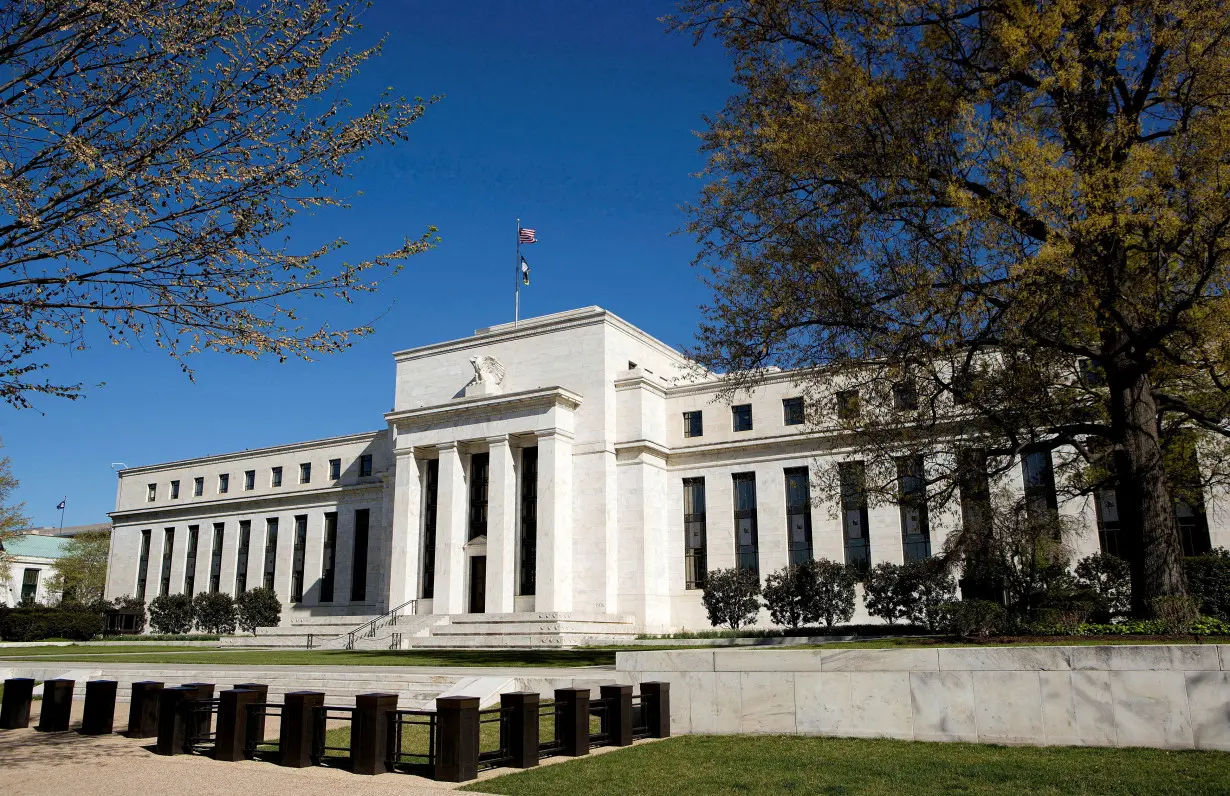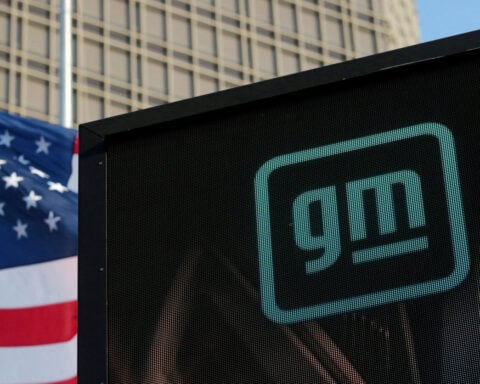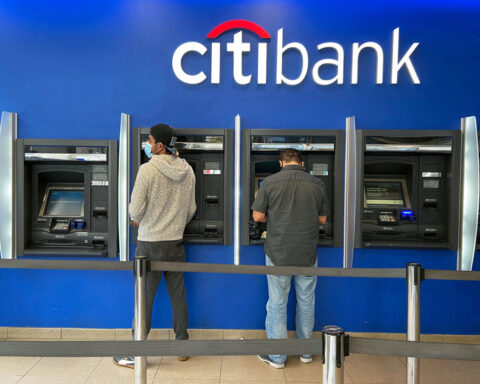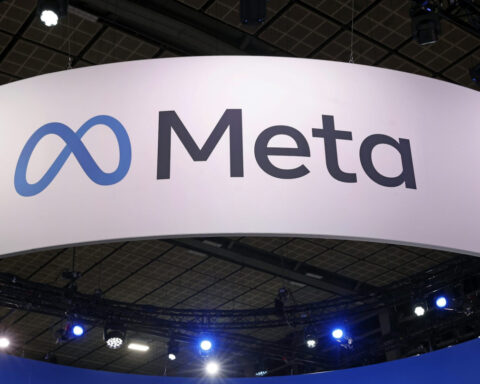(Reuters) - U.S. banks reported renewed weakening in demand for industrial loans and a decline in household demand for credit in the first quarter of the year, according to a Federal Reserve survey of senior loan officers published on Monday.
Fed officials had the survey results in hand last week when they decided to keep the policy rate steady in the 5.25%-5.5% range and said they plan to hold them there as long as needed to bring down inflation.
Monetary policy tightening typically works to ease price pressures through credit channels, with higher borrowing costs reducing demand for loans.
That process appeared to be ongoing during the first quarter, with the exception of commercial real estate lending, where signs pointed to some improvement in credit supply and demand.
"Many consumers and businesses are feeling the pinch from reduced credit availability even as the Fed looks set to keep interest rates higher into 2025," wrote Nationwide economist Ben Ayers. "This could set the stage for weaker activity ahead and makes the economy more susceptible to an unexpected shock."
The net share of large and medium-sized banks reporting tightening standards for commercial and industrial loans ticked up to 15.6%, from 14.5%, the survey showed. A rising share of banks reported weaker demand for C&I loans.
For commercial real estate loans of all types, however, the share of banks tightening standards shrank to the lowest in two years. A declining share reported weaker demand for CRE loans; foreign banks reported an overall rise in demand for CRE loans.
For households, a rising share of banks reported tightening standards for auto loans, while a shrinking share of banks did so for credit cards and other types of consumer loans, the survey showed.
Household loan demand deteriorated across all categories, the survey showed, with demand for auto loans at its weakest in a year.
(Reporting by Ann Saphir and Lindsay Dunsmuir; Editing by Chris Reese and Deepa Babington)

 Joe Biden’s record on science and tech: Investments and regulation for vaccines, broadband, microchips and AI
Joe Biden’s record on science and tech: Investments and regulation for vaccines, broadband, microchips and AI
 Meta shift from fact-checking to crowdsourcing spotlights competing approaches in fight against misinformation and hate speech
Meta shift from fact-checking to crowdsourcing spotlights competing approaches in fight against misinformation and hate speech
 Fire tornadoes are a risk under California's extreme wildfire conditions
Fire tornadoes are a risk under California's extreme wildfire conditions
 In eyeing Greenland, Trump is echoing long-held American designs on the Arctic expanse
In eyeing Greenland, Trump is echoing long-held American designs on the Arctic expanse
 78 dead at abandoned South Africa gold mine that was scene of a standoff. Toll is expected to rise
78 dead at abandoned South Africa gold mine that was scene of a standoff. Toll is expected to rise
 Poland's leader accuses Russia of planning acts of sabotage against 'airlines around the world'
Poland's leader accuses Russia of planning acts of sabotage against 'airlines around the world'
 Jayden Daniels accomplishes a feat last done by Slinging Sammy Baugh in 1937
Jayden Daniels accomplishes a feat last done by Slinging Sammy Baugh in 1937
 Wildfires latest: A final round of dangerous fire weather and dry conditions is in the forecast
Wildfires latest: A final round of dangerous fire weather and dry conditions is in the forecast
 Kamala Harris memes questioning her cultural background highlight Americans’ contradictions with race
Kamala Harris memes questioning her cultural background highlight Americans’ contradictions with race








